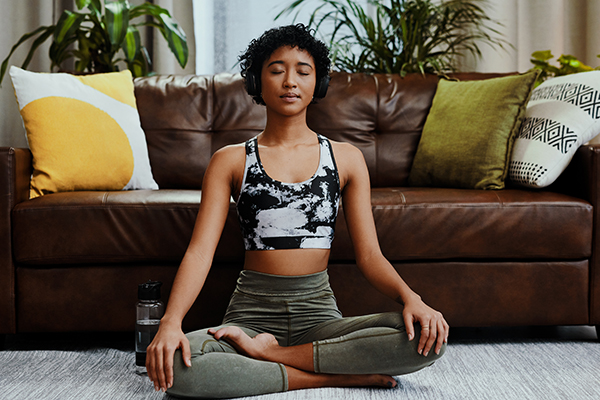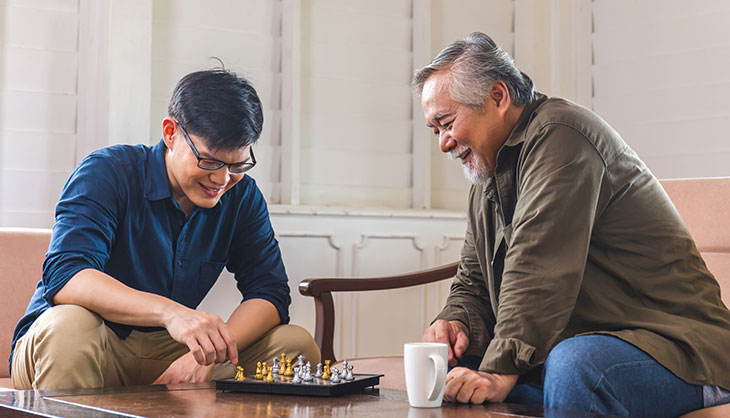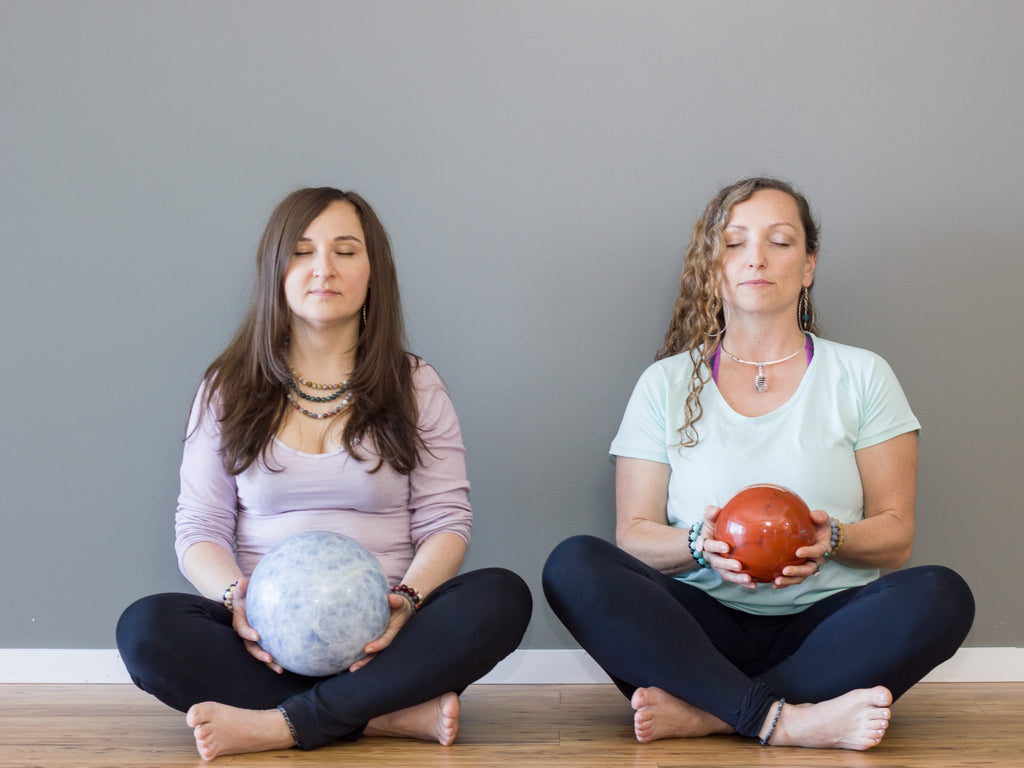Meditation is a core mindfulness practice that you can customize to meet you where you are, bring your attention to the present moment, and engage in more compassion and connection. Here’s what you need to know to get started.
When we meditate we venture into the workings of our minds: our sensations (air blowing on our skin or a harsh smell wafting into the room), our emotions (love this, hate that, crave this, loathe that) and thoughts (wouldn’t it be weird to see an elephant playing a trumpet.
Mindfulness meditation asks us to suspend judgment and unleash our natural curiosity about the workings of the mind, approaching our experience with warmth and kindness, to ourselves and others. Meditation does not take any single form and most practices fall within three broad categories.

Focused-attention meditation: The aim here is to train the mind’s capacity for concentration and awareness of the present moment by focusing on a single point of attention (such as the breath). If you are new to meditation, this is a good place to begin.
Open awareness meditation: Rather than focusing on a specific object of attention, in this form of meditation you keep your field of awareness open, allowing you to simply witness or observe and thereby become less reactive to thoughts, emotions, and sensory experiences.
Compassion or loving-kindness meditation: The aim of this practice is to cultivate deep compassion for all beings, starting with oneself and then extending compassion to friends and family, to people you find difficult, and eventually to all beings.
Why Learn to Meditate?

There’s a reason that we now regularly hear about the benefits of meditation or hear about the famous athletes, celebrities, or business leaders who rely on the practice: Over the last forty years, we have witnessed a revolution in research on this ancient practice. At last count, over 6,000 peer reviewed scholarly articles have been published that examine the benefits of meditation.
How to Meditate
Here are the basic instructions for focused attention meditation:
1: Sit with a straight spine, eyes closed.
2: Bring your attention to the sensations of breathing (either at your nose or in your chest or abdomen.
3: When the mind wanders, notice that you are thinking, shift your attention back to the breath, and then stay with each inhale and exhale.
Remember to also identify a convenient time and place to meditate. If you’re new to meditation, you can try starting with as little as one minute of meditation each day and then build up slowly to longer practice sessions.
Conclusion
Meditation is a powerful tool that can positively transform your life. By incorporating this practice into your routine, you can experience reduced stress, improved focus, enhanced emotional well-being, and increased self-awareness. So, why not give meditation a try? Find a quiet space, take a deep breath, and embark on a journey of self-discovery and inner peace.




.jpg)


